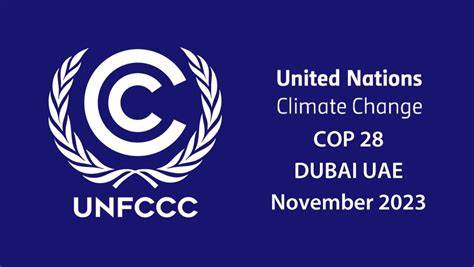Part 2 of 2 Parts (Please read Part 1 first)
Gorman said that “We do have to admire what China is doing in terms of the parallel construction of these projects at the same time. Every nation has to come to terms with the fact that we are going to have to be doing these projects concurrently. And if I just look at one province alone, Ontario, our official systems plan is calling for eighteen gigawatts of new nuclear by 2050. The work being done right now is figuring out how we are going to support that in concurrent ways because of all the consideration you have there. But nations have done this before – Canada has done it before, the USA has done it before, as have Sweden and France.”
Daniel Westlén is the State Secretary to Sweden’s Minister for Climate and the Environment. He said that a change of government two years ago made it possible to make changes to Sweden’s nuclear policy.
Westlén continued, “We have found for a long time that we have increasing support for nuclear power. It’s politics that has been the problem, where nuclear has been used to form governments. The matter of where we stand on nuclear has not been based on physics or the needs of the power system. It has been based in political realities, and the ability to form a government. Now that is gone, we have a government that accepts nuclear, where everybody is working to make nuclear possible and work properly.”
Westlén said that Sweden is “much better prepared this time” for its new nuclear program, compared with when it built its current reactors in the 1970s and 1980s. “We have operating experience, we have recent projects of power uprates and modernizations. So we have a lot of people that have been doing complex projects in nuclear. We didn’t have any of that last time. I think there is reason for optimism.” However, he added, “I’m sure the first project is going to be a little more complex and run into hurdles than the coming ones and that’s why it’s so important to have a program to get this bandwagon effect going.”
Vijay Kumar Saraswat is a member of Niti Aayog, the Indian government’s public policy think tank. He said that the country aims to reach net-zero by 2070. “Our main mission is to reduce carbon emissions as much as possible and we have a strategy for reaching that in terms of how do you meet the energy demands with the reduced use of fossil fuels. In the last ten years, we increased our nuclear energy contribution – something like two percent of total power production and about three percent in terms of electricity. That would amount to an almost thirty five percent increase in the last ten years.”
He added that India plans to triple its nuclear energy capacity by around 2030 through the construction of large reactors and SMRs.
Bilbao y León said the size of the challenge of meeting climate targets “is enormous”. He added that “it requires nuclear and wind and solar and hydro and natural gas and many other things, so all low-carbon energy industries really need to work together”.
Nuclear Reactors 1422 – Major Users Of Nuclear Power Discuss Plans In Conference – Part 2 of 2 Parts

